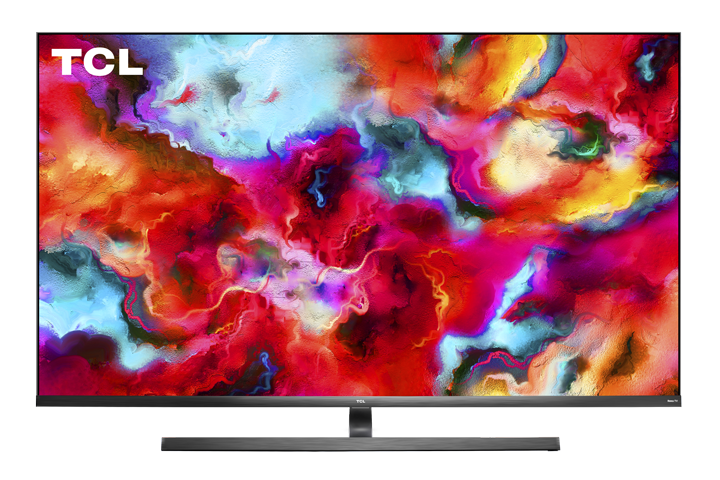Are you noticing that the video on your TV looks blurry, blocky, or pixelated? Whether you're using a cable box, streaming app, antenna, or game console, pixelation usually means your TV isn’t getting a clear signal. But don’t worry, it’s often an easy fix!
Below, we’ll walk through the most common reasons for pixelated video and how you can improve your picture quality.
Common Reasons for Pixelation (By Input Type)
1. Cable or Satellite Box
If you're using a cable or satellite box, these are some common causes of pixelation:
Low-Resolution Channels: Not all channels are broadcast in high definition. Some are still in standard definition (SD), which can look blurry on a modern TV.
Weak Signal: If your provider is having issues or your signal is weak, it may cause the video to break up or look pixelated.
Loose or Damaged HDMI Cable: A poor connection between the box and TV can affect video quality.
Output Settings: Your cable box might be set to a lower resolution than your TV supports.
What to try:
Check that your HDMI cable is secure and undamaged.
Make sure your box is set to 1080p or 4K, depending on your TV.
Contact your cable provider if the issue continues.
2. Antenna (Over-the-Air TV)
Pixelation is common with antenna-based channels, especially in these situations:
Poor Signal Reception: A weak or inconsistent signal can make your TV display choppy or pixelated video.
Antenna Positioning: If the antenna isn’t pointed correctly or is blocked by walls or buildings, signal quality drops.
Weather Conditions: Storms, wind, or interference from nearby electronics can affect reception.
What to try:
Reposition your antenna for better reception.
Raise it higher or point it toward a window.
Perform a channel scan after moving it.
3. Streaming Services (Netflix, YouTube, etc.)
When using apps like Netflix or YouTube, pixelation usually relates to internet performance:
Slow Internet Speeds: If your internet connection is slow or unstable, streaming services may lower the video resolution.
Wi-Fi Signal Issues: Weak Wi-Fi signals or interference can reduce quality.
App Settings: Some apps default to “Auto” video quality, which can drop depending on your connection.
What to try:
Move your TV or streaming device closer to your Wi-Fi router.
Check internet speed (we recommend at least 15 Mbps for HD streaming).
Set your app's video quality to “High” if available.
4. Gaming Consoles, Blu-ray, or DVD Players
External devices can also show pixelated images if:
They’re outputting a low resolution (like 480p).
The source content (such as an old DVD) is in low quality.
The HDMI cable is damaged or outdated.
What to try:
Check the resolution settings on the console or player.
Try a different HDMI cable.
Make sure you're using HD or 4K content if possible.
General Tips to Improve Picture Quality
Restart your TV and connected device.
Use a different HDMI port or cable.
Update your TV’s software.
Double-check settings on your input devices.
Ensure your internet connection is strong and stable (for streaming).

